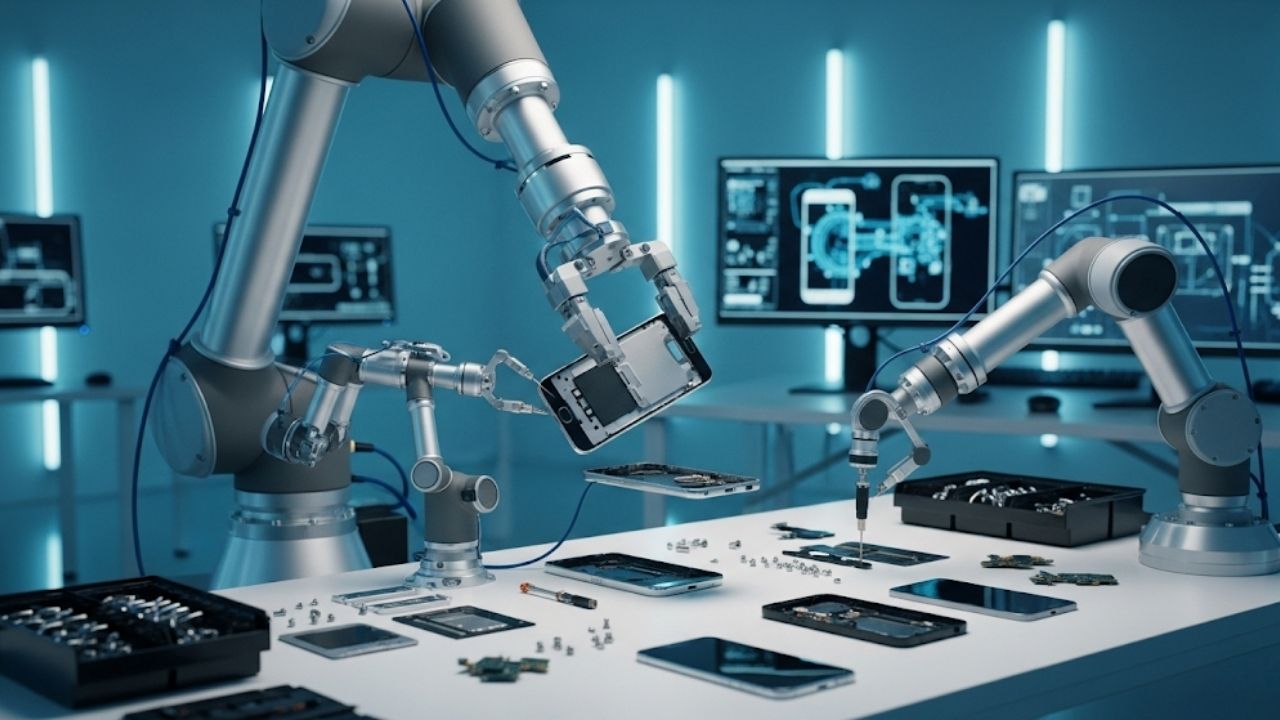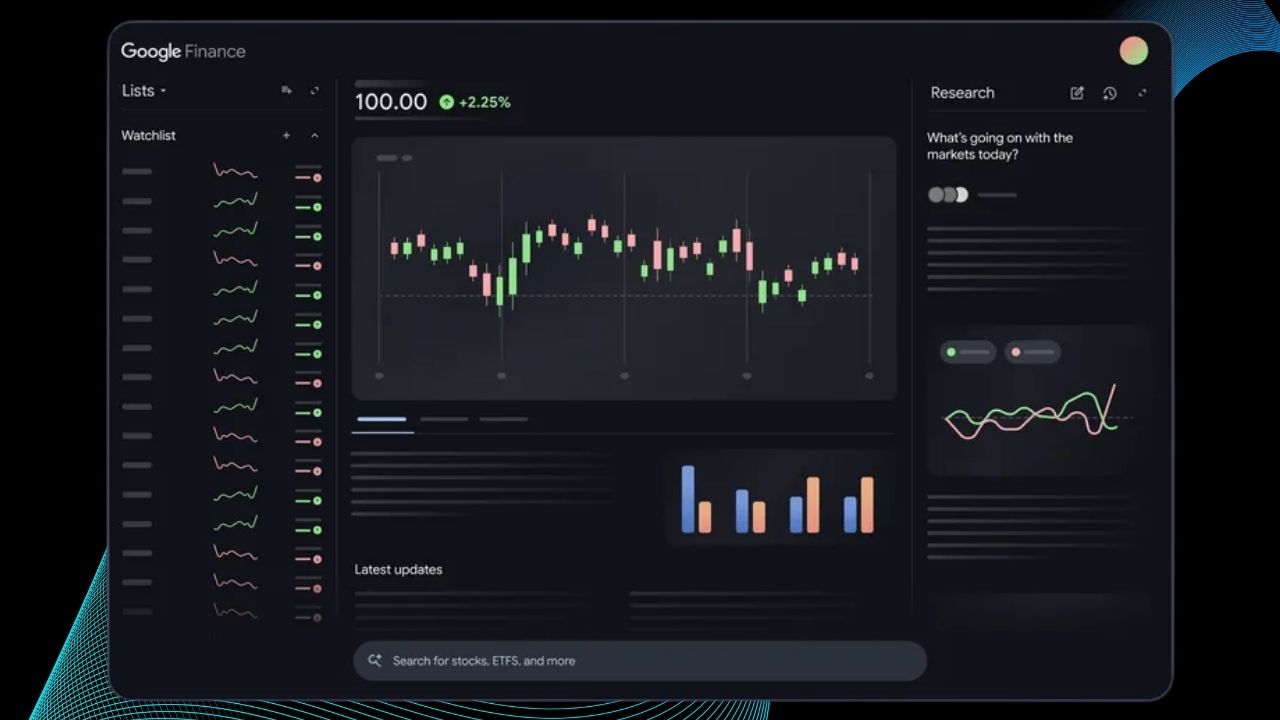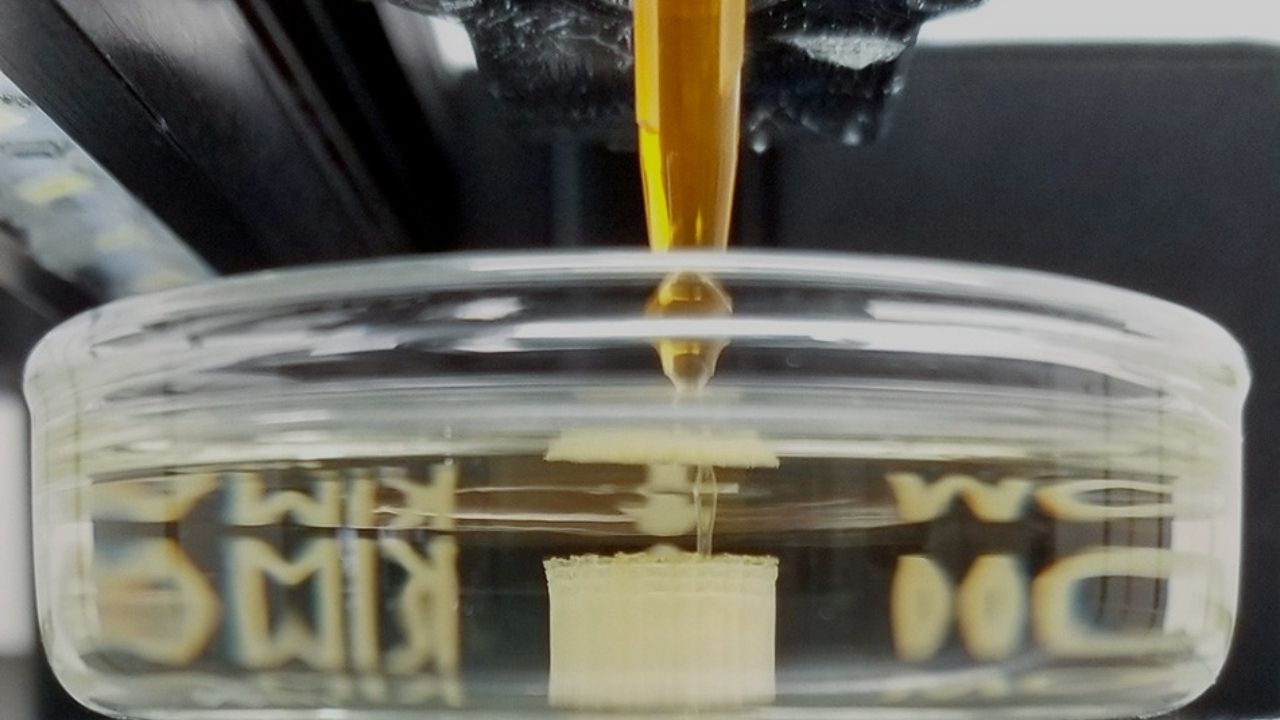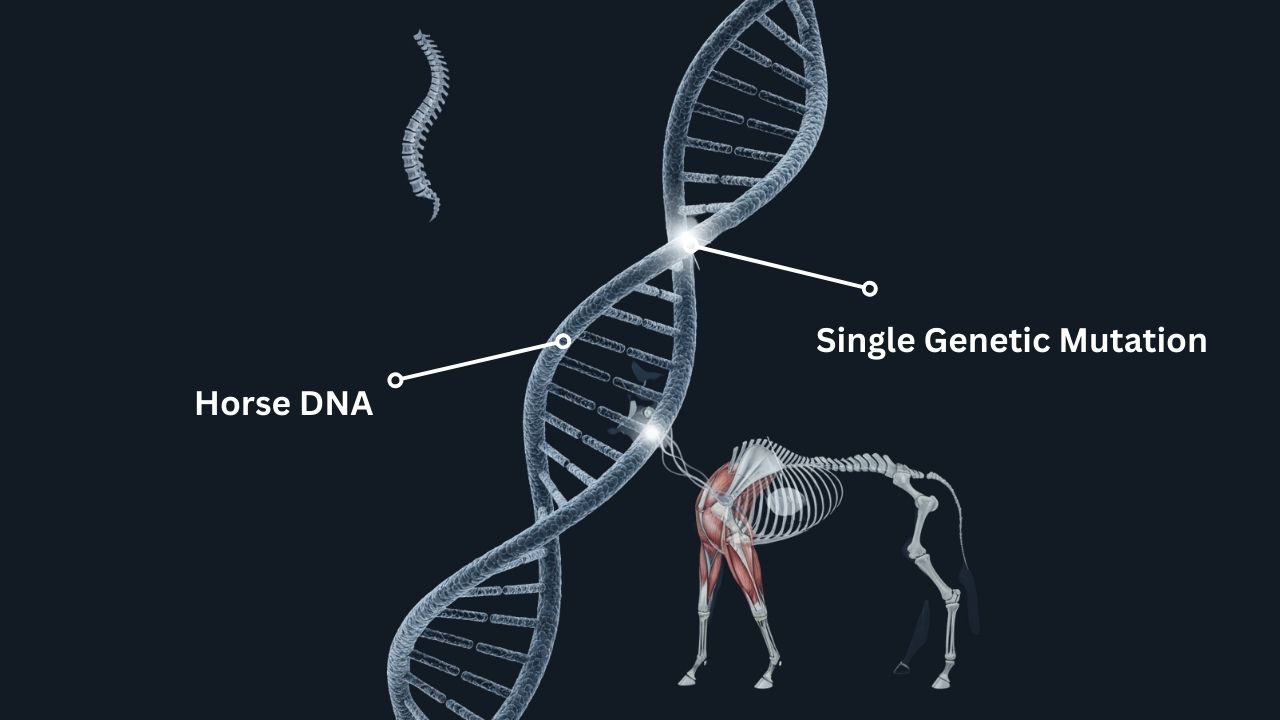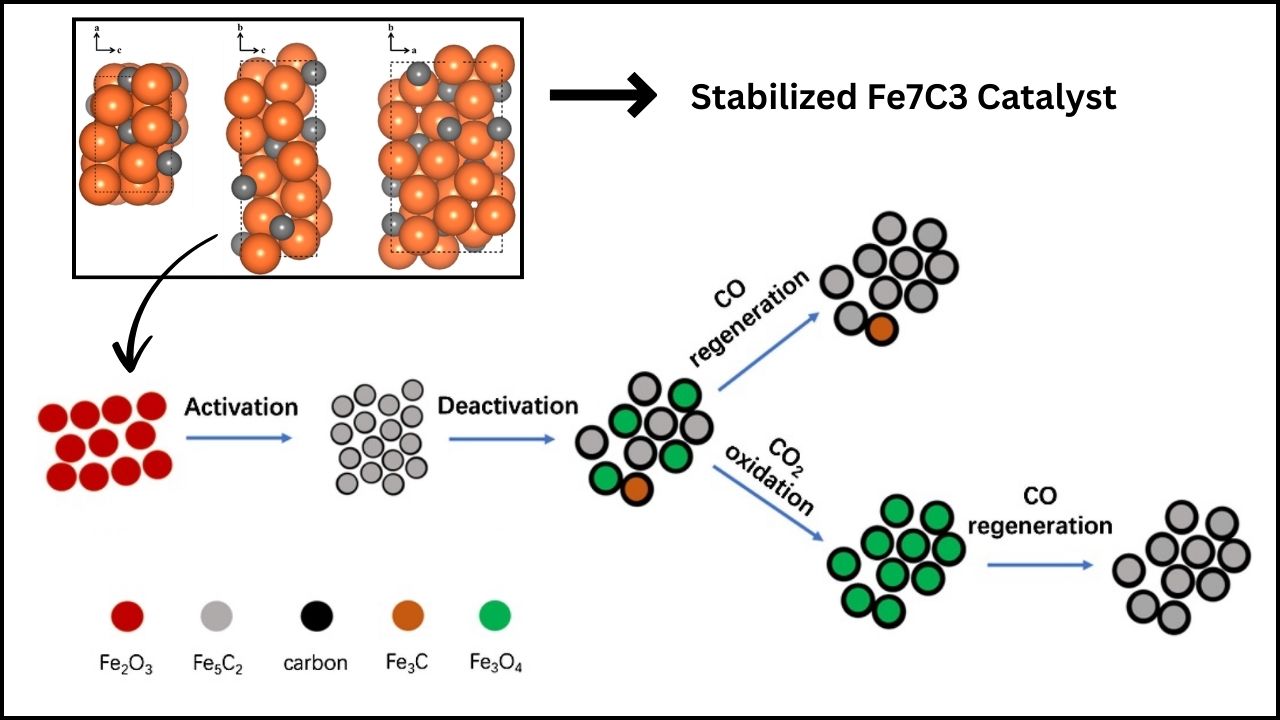AI Just Got Smarter at Controlling Soft Robots: Artificial intelligence (AI) is getting smarter at controlling soft robots, allowing machines to move more like living creatures than ever before. This breakthrough in robotics isn’t just academic—it has real-world applications across medicine, disaster response, manufacturing, and even space travel. By integrating machine learning with soft, flexible materials, researchers are solving one of robotics’ biggest challenges: how to create machines that adapt and move naturally in uncertain, dynamic environments.
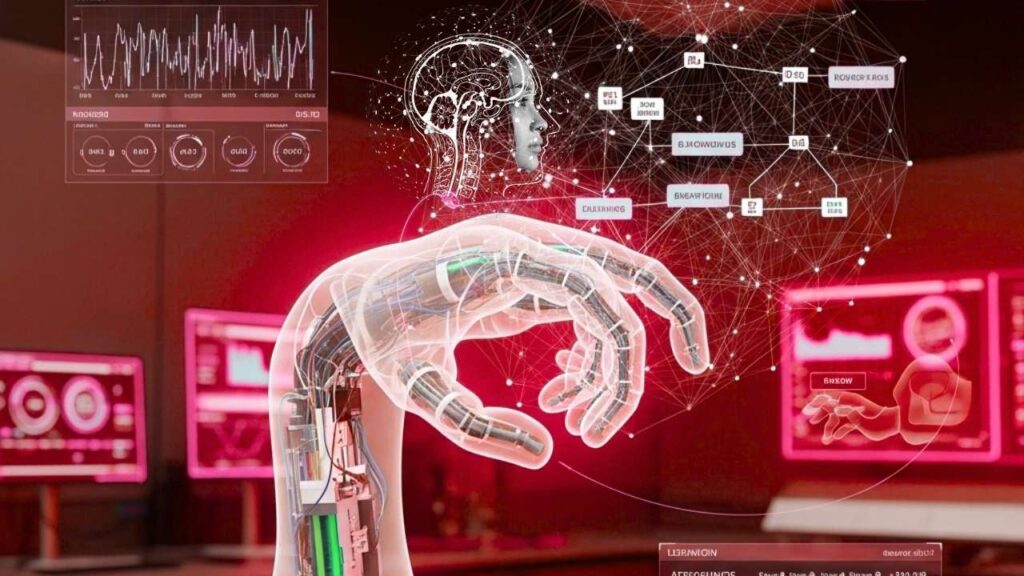
This article dives deep into the science behind soft robotics, the role of AI in enabling lifelike movement, and the technologies shaping the future of intelligent machines. We’ll also look at the current use cases, future potential, and how researchers are turning theory into practice. Whether you’re an industry expert or just curious about how robots are learning to move like us, this guide offers a clear and authoritative look into this fascinating frontier.
AI Just Got Smarter at Controlling Soft Robots
| Feature | Details |
|---|---|
| Topic | Artificial Intelligence in Soft Robotics |
| Breakthrough | AI-controlled soft robots that mimic biological movement using compliant materials and smart algorithms |
| Notable Success | EPFL’s ADAPT hand achieved 93% object grasp success using only 4 control signals |
| Sensor-Free Intelligence | Some designs, like pneumatic walkers from Amsterdam, operate without any onboard electronics |
| Core Technologies | Machine learning, neural networks, passive compliance, reinforcement learning, soft actuators |
| Key Benefits | Safety, adaptability, lower control complexity, bio-inspired flexibility |
| Real-World Use Cases | Minimally invasive surgery, rehabilitation robotics, wearable exosuits, space exploration |
| Authoritative Sources | EPFL Research, Rice University News, Nature Communications |
The intersection of AI and soft robotics is revolutionizing how we build, control, and interact with machines. From sensor-free grasping hands to light-driven actuators, robots are learning to move like humans—not just through smarter code, but through smarter materials. As these technologies continue to mature, they’ll offer safer, more adaptive solutions across sectors like medicine, space, and personal care.
What was once science fiction is now a rapidly evolving discipline where machines don’t just mimic biology—they begin to behave like it. For researchers, engineers, and everyday users alike, the age of human-like robotics has just begun—and it’s softer, smarter, and more adaptive than anyone imagined.
What Are Soft Robots?
Soft robots are robotic systems made from compliant materials like elastomers, silicones, and flexible polymers. These robots differ fundamentally from rigid robots with metal joints or mechanical limbs. Inspired by living organisms—think of an octopus, worm, or human muscle—soft robots aim to replicate organic motion, adaptive grasping, and safe interaction with the environment.
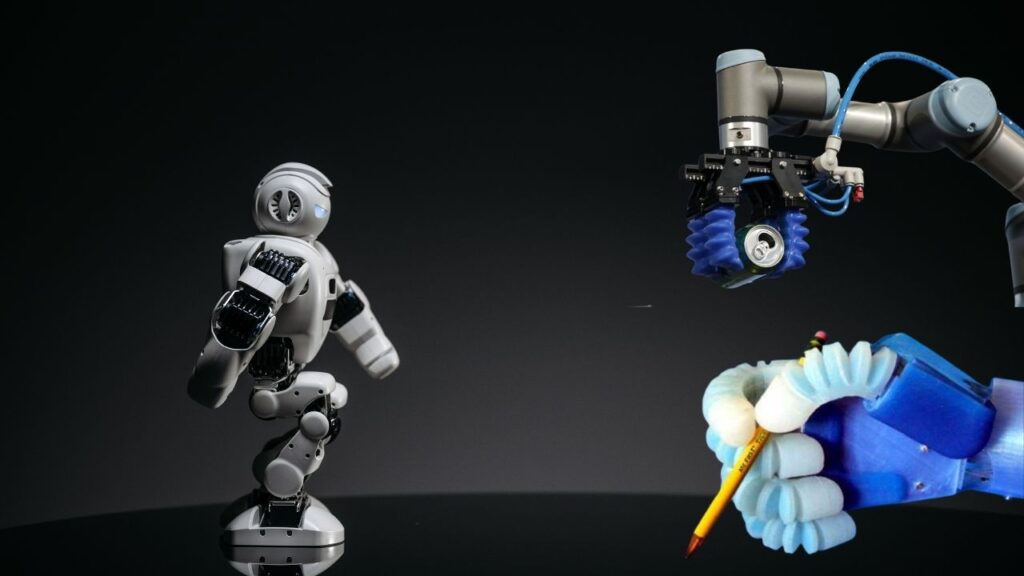
Key characteristics:
- High deformability: Soft robots can twist, stretch, or squeeze through confined spaces.
- Safety and compliance: Their softness makes them safe for human interaction and ideal for medical or wearable applications.
- Bio-inspired design: They often mimic biological structures such as tentacles, muscles, or the human hand.
Yet, control is a significant challenge. Unlike traditional robots, soft robots lack clear, rigid joint definitions. Predicting and modeling their exact movements involves complex physics and nonlinear behavior. That’s where AI becomes indispensable.
How AI Is Changing Soft Robotics
The Problem of Control
In traditional robots, movements are defined by clear equations and joint angles. In soft robots, however, deformations are continuous, meaning their shape can change in almost infinite ways. Classical control systems can’t handle such variability efficiently.
Enter Artificial Intelligence
Machine learning, particularly deep learning and reinforcement learning, enables robots to learn behavior from experience instead of relying on rigid programming. By training on real-world data or simulations, AI can infer the best movement patterns, even in unpredictable conditions.
Key AI techniques used:
- Supervised learning: For mapping inputs (like object shapes) to outputs (grasping motions).
- Reinforcement learning: For teaching robots through trial and error to walk, grasp, or adapt.
- Physics-informed neural networks: To simulate and predict material deformation with less computational overhead.
Detailed Examples of Smart Soft Robots
1. The ADAPT Hand – Mechanical Intelligence at Work
Developed at EPFL (École Polytechnique Fédérale de Lausanne), the ADAPT hand is a soft robotic gripper made with silicone, springs, and elastic joints. Instead of relying on electronic sensors, the hand is designed to naturally self-organize around objects when activated.

- Design: 4 basic commands trigger finger motions.
- Results: Successfully grasped 24 objects including complex shapes, with a 93% success rate.
- Published Findings: EPFL Robotic Grasping Study
The concept behind this is passive compliance: the hand’s structure allows it to adjust without feedback from sensors or real-time processing. This reduces complexity and increases reliability in real-world tasks.
2. Light-Driven Soft Robots – Intelligent Without Electronics
At Rice University, researchers created a robotic arm made of liquid crystal elastomer (LCE) that bends when exposed to targeted light. A neural network controls laser light patterns to direct movement.
- System: No motors or electronics onboard.
- Functionality: The robot bends, pushes, and guides objects based on light stimuli.
- Published Source: Nature Machine Intelligence, 2023
This approach is particularly valuable in environments where electronics might fail—such as inside the human body, underwater, or in space.
3. Brain-Free Pneumatic Walkers – The Power of Morphology
Researchers at the University of Amsterdam built a walking soft robot that moves using only air pressure and soft valves. It has no onboard electronics or AI but still achieves synchronized leg motion through clever material design.
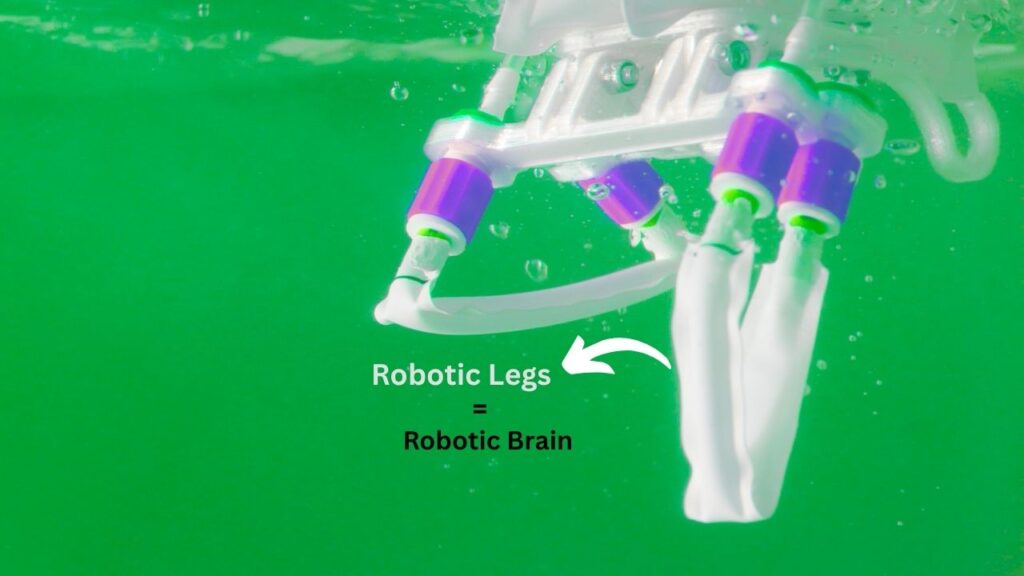
This method, known as morphological computation, uses body structure and physics to carry out control-like functions. It’s a minimalistic yet powerful approach for tasks where energy, space, and robustness are priorities.
Practical Applications
1. Medical Robotics and Surgery
Soft robots can navigate narrow bodily pathways, manipulate tissues safely, and adapt to organ motion. Ongoing research includes:
- Endoscopic tools that expand and flex inside the body
- Tissue manipulators with feedback-driven AI for safer operations
Example: The STIFF-FLOP project funded by the EU (CORDIS Database) developed soft robotic arms for minimally invasive surgery.
2. Assistive Wearables and Rehabilitation
Soft exosuits powered by AI help:
- Stroke patients regain arm and leg movement
- Elderly individuals walk more steadily
- Workers reduce strain from lifting
Companies like ReWalk Robotics and Harvard’s Wyss Institute are pioneering wearable soft robotics with intelligent control.
3. Space and Hazardous Environments
Soft robots can explore extreme environments—like Martian landscapes or radioactive zones—where adaptability and resilience are crucial. NASA’s STEM-based soft robots are being tested for extraterrestrial surface mobility.
4. Agricultural Robotics
Using soft grippers, AI can help robots harvest delicate crops like strawberries or tomatoes without causing damage. These systems combine machine vision with soft end-effectors to perform repetitive, sensitive tasks efficiently.
Future of AI in Soft Robotics
The field is heading toward fully autonomous, adaptive robots that operate without requiring detailed programming or perfect models.
Trends to Watch:
- Sensor-AI Integration: Combining tactile sensors with AI to create responsive, dexterous systems.
- Self-Designing Robots: Using AI to co-design the robot’s structure and controller for task-specific optimization.
- Material Intelligence: Embedding learning behavior directly into materials using phase-change or shape-memory polymers.
The eventual goal? Robots that don’t just follow instructions, but understand and adapt to their environment much like living beings.
Breakthrough Discovery Reveals How Electric Fields Control Superconductivity
Physicists Unlock the Secret Behind Magnetism at the Atomic Level for the First Time
Scientists Extend Quantum State Lifetimes Using Laser Pulses — A Major Leap for Quantum Tech
FAQs About AI Just Got Smarter at Controlling Soft Robots
Are Soft Robots Safe Around Humans?
Yes. Their flexible, cushion-like structures are inherently safer, making them ideal for personal assistance, healthcare, and collaborative tasks.
How Is AI Used in Soft Robotics?
AI is used to interpret environmental data, predict material deformation, optimize control signals, and allow robots to learn tasks like walking, grasping, or navigating complex spaces.
Can Soft Robots Be Used in Surgery?
Absolutely. Many soft robots are being developed for minimally invasive procedures due to their adaptability and reduced risk to internal tissues.

